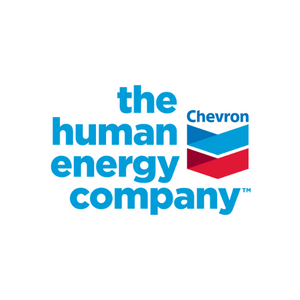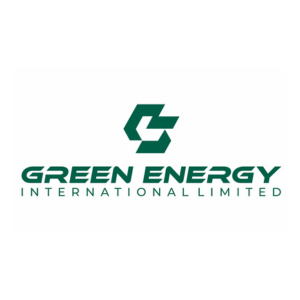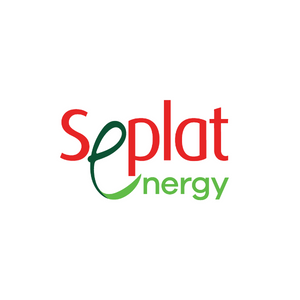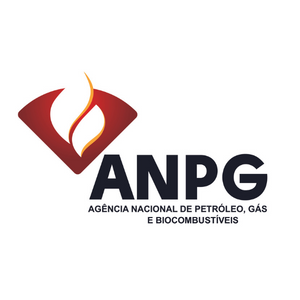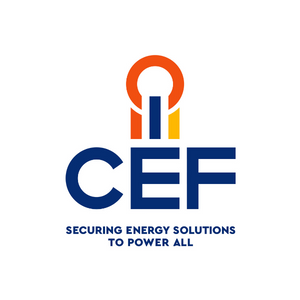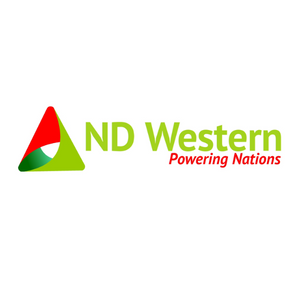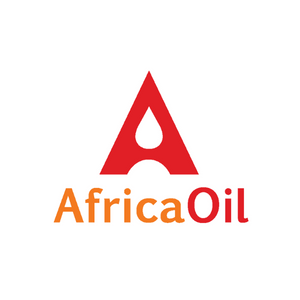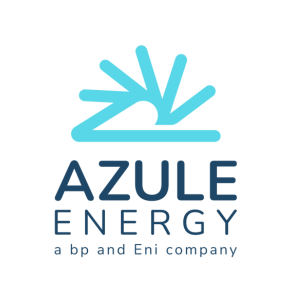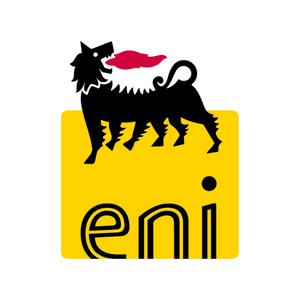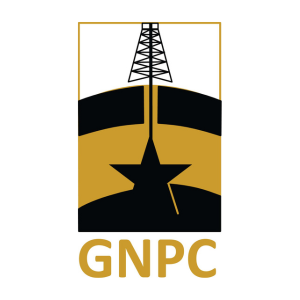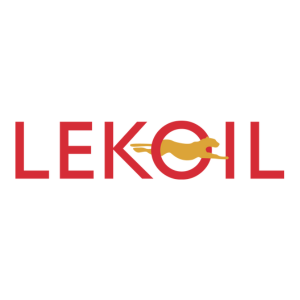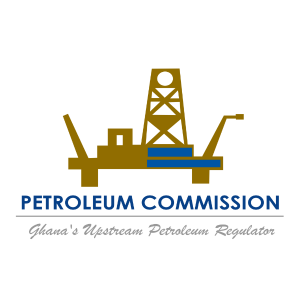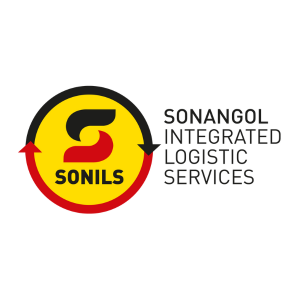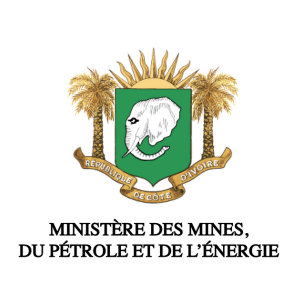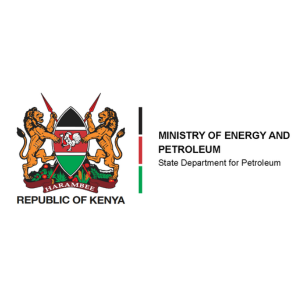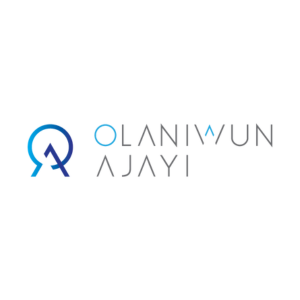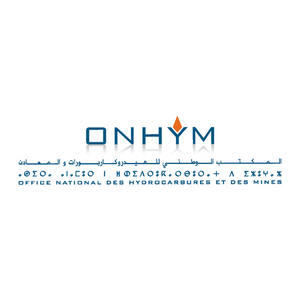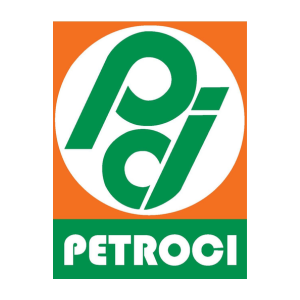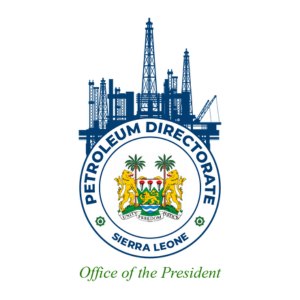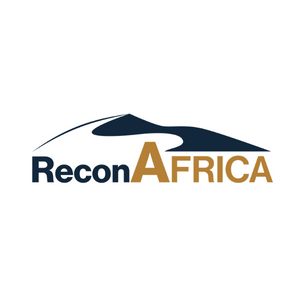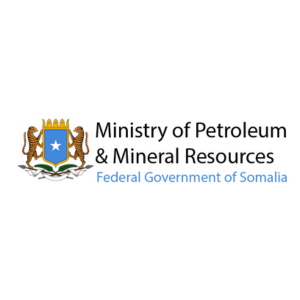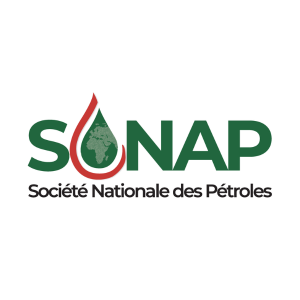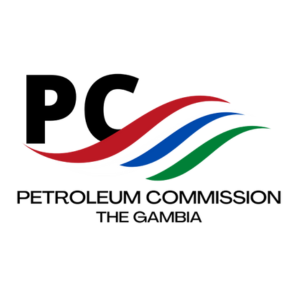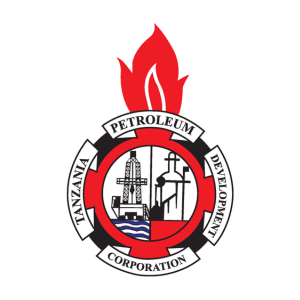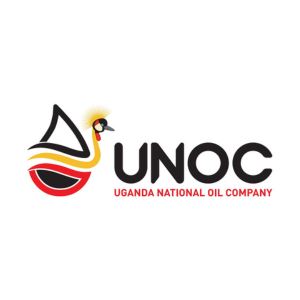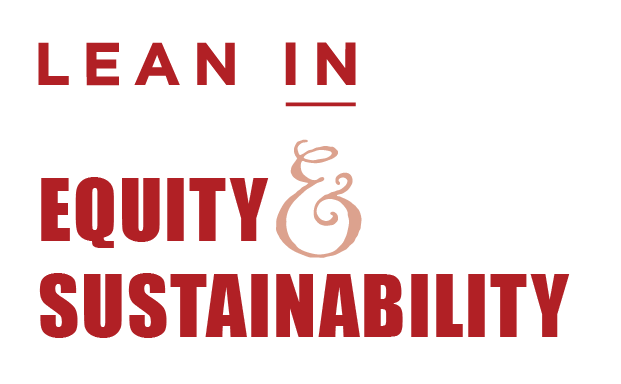Apr 02 | 2024
Africa is emerging as a key player in the global hydrogen economy, with several countries across the continent poised to become significant green hydrogen producers.
Leveraging abundant renewable resources, such as solar, wind, and hydropower, Africa is uniquely positioned to produce hydrogen sustainably, aligning with global environmental goals.
Green hydrogen, which is produced by using electricity generated from renewable sources to split water into hydrogen and oxygen, is seen as a crucial element in the global drive toward net-zero emissions. It is especially significant for its potential to decarbonize industries that are otherwise difficult to make carbon-neutral.
The Africa Green Hydrogen Alliance, established in 2022, is a testament to the continent’s collaborative efforts in hydrogen production. This alliance is pivotal in harnessing Africa’s renewable energy potential to fulfill local and global energy demands while adhering to the Paris Agreement’s objectives.
By 2050, Africa is projected to produce enough hydrogen to fulfill its domestic demand, estimated at 10 to 18 megatons, while also potentially exporting around 40 megatons, as per a McKinsey analysis.
Egypt is at the forefront with with several key projects in the pipeline, including a $5bn project to produce ammonia. It involves Scatec of Norway, Fertiglobe of the UAE, Orascom of Egypt, and the Sovereign Fund of Egypt, and could be one of the largest green hydrogen projects worldwide, leveraging Egypt’s substantial solar and wind resources. The green ammonia plant near the Red Sea port and industrial zone of Ain Sokhna would have production capacity of one million tonnes annually with the potential to expand to three million tonnes. The plant, expected to start up in 2025, would enable the export of green ammonia to markets in Europe and Asia where demand for clean ammonia is on the rise.
“We see a massive green hydrogen demand driven by strong policy support globally, and Africa is perfectly positioned to take advantage of its low-cost renewables and strategic position," CEO at Scatec Terje Pilskog said in a statement.
Investments have continued to pour in. Last year, Ocior Energy, headquartered in Abu Dhabi, reached a preliminary agreement with Egypt’s government to invest $4 billion in a green hydrogen and ammonia project in the Suez Canal Economic Zone. Ocior plans to start the first phase of the facility, with a production of 100,000 tonnes per year, in 2027, and aims to increase its capacity to produce one million tonnes of hydrogen annually by 2030.
South Africa’s Hydrogen Valley initiative, an industrial cluster that brings various hydrogen applications to form an integrated hydrogen ecosystem, is another significant development. The government, in collaboration with Anglo American Platinum, Bambili Energy, and Energie SA, is exploring a hydrogen valley stretching from Mokopane to Durban. This project could introduce hydrogen-powered solutions across various sectors, stimulating economic activity.
Last year, South Africa and the governments of the Netherlands and Denmark launched a $1 billion green hydrogen fund aimed at spurring investments in renewable energy projects, as part of efforts to support the initiative.
The SA-H2 fund draws support from Climate Fund Managers (CFM) and Invest International B.V. of the Netherlands, Sanlam Ltd. of South Africa, the Development Bank of Southern Africa (DBSA), and the Industrial Development Corp., along with other strategic partners, according to the DBSA.
“This fund is a significant addition to national efforts to leverage our existing renewable energy infrastructure,” Group Executive on Project Preparation at the DBSA, Catherine Koffman, said in a company statement. “With a national target of US$250 billion investment in green hydrogen by 2050, this sector is projected to amplify the development impact of the renewable energy industry.
In Mauritania, Project Nour, a joint venture between Chariot Energy and TotalEnergies, underscores the global investment interest in the nation’s hydrogen prospects, bolstered by its abundant solar and wind resources.
This March, the partners concluded a feasibility study for the ambitious 10 GW hydrogen project, confirming its potential and feasibility. The project enjoys backing from Mauritania’s Ministry of Petroleum, Energy, and Mines.
“With the completion of the feasibility study of Project Nour, Mauritania has just taken an important step forward on the path to realising its green hydrogen ambitions,” Mauritanai’s Minister of Petroleum, Mines, and Energy, Nani Chrougha, said in a statement.
“We are fully committed to the development of this sector, our aim is to be the largest producer and exporter of hydrogen on the African continent and we believe that Project Nour could support this objective.”
Namibia is also advancing, with its inaugural hydrogen megaproject, targeting an annual production of roughly 300,000 tonnes of green hydrogen. The nation’s abundant solar and wind resources, along with its reserves of platinum group metals essential for electrolyzers, make it a competitive player in the cost-effective generation and export of hydrogen.
Hyphen Hydrogen Energy secured its position as the preferred bidder for this significant $10 billion hydrogen initiative in 2021. The following year, the firm cemented a feasibility and implementation pact with the Namibian government.
The venture is poised to generate an estimated 300,000 tonnes of green hydrogen yearly, catering to both local consumption and export demands. With a phased construction plan, the facility is designed to ultimately produce 2 million tonnes of green ammonia annually, targeting regional and international markets, with full-scale production expected to commence before 2030.
Looking ahead
Africa’s energy requirements may double by 2050, driven by population expansion, according McKinsey, underscoring the urgency for a shift to more efficient, cleaner technologies.
As the continent progresses in developing its hydrogen infrastructure, the prospects for economic growth and sustainable development are vast. With the right mix of policy support, investment, and public awareness, the continent’s rich hydrogen resources could fuel a more sustainable future. And Africa’s commitment to renewable energy for hydrogen production positions it as a burgeoning energy frontier in the global market.
For more industry news and the latest reports sign up to our monthly newsletter:
Green hydrogen, which is produced by using electricity generated from renewable sources to split water into hydrogen and oxygen, is seen as a crucial element in the global drive toward net-zero emissions. It is especially significant for its potential to decarbonize industries that are otherwise difficult to make carbon-neutral.
The Africa Green Hydrogen Alliance, established in 2022, is a testament to the continent’s collaborative efforts in hydrogen production. This alliance is pivotal in harnessing Africa’s renewable energy potential to fulfill local and global energy demands while adhering to the Paris Agreement’s objectives.
By 2050, Africa is projected to produce enough hydrogen to fulfill its domestic demand, estimated at 10 to 18 megatons, while also potentially exporting around 40 megatons, as per a McKinsey analysis.
Egypt is at the forefront with with several key projects in the pipeline, including a $5bn project to produce ammonia. It involves Scatec of Norway, Fertiglobe of the UAE, Orascom of Egypt, and the Sovereign Fund of Egypt, and could be one of the largest green hydrogen projects worldwide, leveraging Egypt’s substantial solar and wind resources. The green ammonia plant near the Red Sea port and industrial zone of Ain Sokhna would have production capacity of one million tonnes annually with the potential to expand to three million tonnes. The plant, expected to start up in 2025, would enable the export of green ammonia to markets in Europe and Asia where demand for clean ammonia is on the rise.
“We see a massive green hydrogen demand driven by strong policy support globally, and Africa is perfectly positioned to take advantage of its low-cost renewables and strategic position," CEO at Scatec Terje Pilskog said in a statement.
Investments have continued to pour in. Last year, Ocior Energy, headquartered in Abu Dhabi, reached a preliminary agreement with Egypt’s government to invest $4 billion in a green hydrogen and ammonia project in the Suez Canal Economic Zone. Ocior plans to start the first phase of the facility, with a production of 100,000 tonnes per year, in 2027, and aims to increase its capacity to produce one million tonnes of hydrogen annually by 2030.
South Africa’s Hydrogen Valley initiative, an industrial cluster that brings various hydrogen applications to form an integrated hydrogen ecosystem, is another significant development. The government, in collaboration with Anglo American Platinum, Bambili Energy, and Energie SA, is exploring a hydrogen valley stretching from Mokopane to Durban. This project could introduce hydrogen-powered solutions across various sectors, stimulating economic activity.
Last year, South Africa and the governments of the Netherlands and Denmark launched a $1 billion green hydrogen fund aimed at spurring investments in renewable energy projects, as part of efforts to support the initiative.
The SA-H2 fund draws support from Climate Fund Managers (CFM) and Invest International B.V. of the Netherlands, Sanlam Ltd. of South Africa, the Development Bank of Southern Africa (DBSA), and the Industrial Development Corp., along with other strategic partners, according to the DBSA.
“This fund is a significant addition to national efforts to leverage our existing renewable energy infrastructure,” Group Executive on Project Preparation at the DBSA, Catherine Koffman, said in a company statement. “With a national target of US$250 billion investment in green hydrogen by 2050, this sector is projected to amplify the development impact of the renewable energy industry.
In Mauritania, Project Nour, a joint venture between Chariot Energy and TotalEnergies, underscores the global investment interest in the nation’s hydrogen prospects, bolstered by its abundant solar and wind resources.
This March, the partners concluded a feasibility study for the ambitious 10 GW hydrogen project, confirming its potential and feasibility. The project enjoys backing from Mauritania’s Ministry of Petroleum, Energy, and Mines.
“With the completion of the feasibility study of Project Nour, Mauritania has just taken an important step forward on the path to realising its green hydrogen ambitions,” Mauritanai’s Minister of Petroleum, Mines, and Energy, Nani Chrougha, said in a statement.
“We are fully committed to the development of this sector, our aim is to be the largest producer and exporter of hydrogen on the African continent and we believe that Project Nour could support this objective.”
Namibia is also advancing, with its inaugural hydrogen megaproject, targeting an annual production of roughly 300,000 tonnes of green hydrogen. The nation’s abundant solar and wind resources, along with its reserves of platinum group metals essential for electrolyzers, make it a competitive player in the cost-effective generation and export of hydrogen.
Hyphen Hydrogen Energy secured its position as the preferred bidder for this significant $10 billion hydrogen initiative in 2021. The following year, the firm cemented a feasibility and implementation pact with the Namibian government.
The venture is poised to generate an estimated 300,000 tonnes of green hydrogen yearly, catering to both local consumption and export demands. With a phased construction plan, the facility is designed to ultimately produce 2 million tonnes of green ammonia annually, targeting regional and international markets, with full-scale production expected to commence before 2030.
Looking ahead
Africa’s energy requirements may double by 2050, driven by population expansion, according McKinsey, underscoring the urgency for a shift to more efficient, cleaner technologies.
As the continent progresses in developing its hydrogen infrastructure, the prospects for economic growth and sustainable development are vast. With the right mix of policy support, investment, and public awareness, the continent’s rich hydrogen resources could fuel a more sustainable future. And Africa’s commitment to renewable energy for hydrogen production positions it as a burgeoning energy frontier in the global market.
For more industry news and the latest reports sign up to our monthly newsletter:

